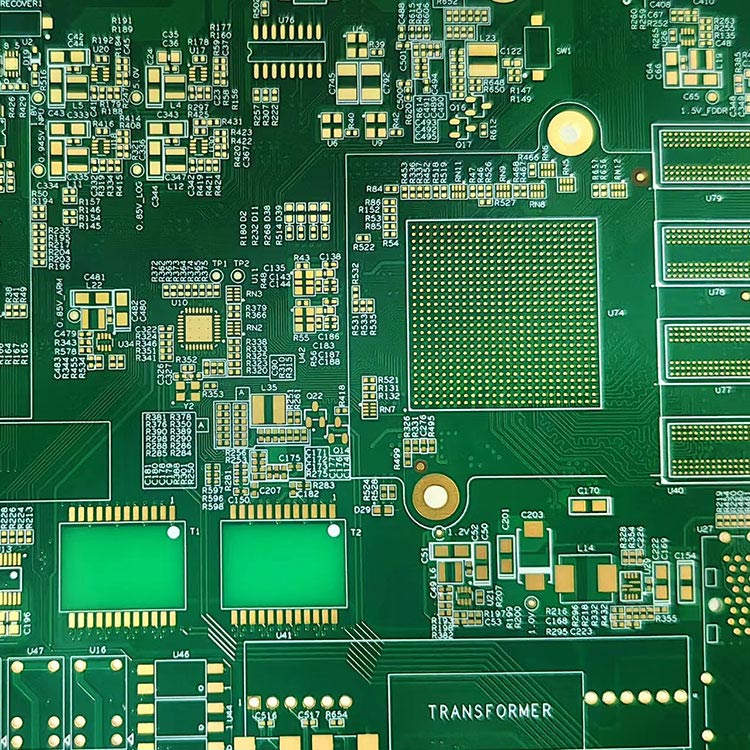
High Tg PCBs have a higher glass transition temperature, which means they can handle higher temperatures without losing their integrity. Traditional FR4 PCBs are made with lower Tg materials, which can affect their performance in high temperature environments. High Tg PCBs also have a lower coefficient of thermal expansion, which makes them more stable, reliable, and less prone to warping or delamination.
High Tg PCBs offer several benefits over traditional FR4 PCBs, including:
High Tg PCBs are ideal for applications that require high performance in harsh environments, such as:
In summary, High Tg PCBs offer higher temperature resistance, better mechanical properties, and improved reliability over traditional FR4 PCBs. They are ideal for applications that require high performance in harsh environments.
Hayner PCB Technology Co., Ltd. is a leading manufacturer of High Tg PCBs. We specialize in providing high-quality PCBs for a wide range of industries. With over 10 years of experience in the industry, we are committed to delivering products that exceed our customers' expectations. Our website, www.haynerpcb.com, provides more information about our products and services. For any inquiries or orders, please contact us at sales2@hnl-electronic.com.
TradeManager
Skype
VKontakte
